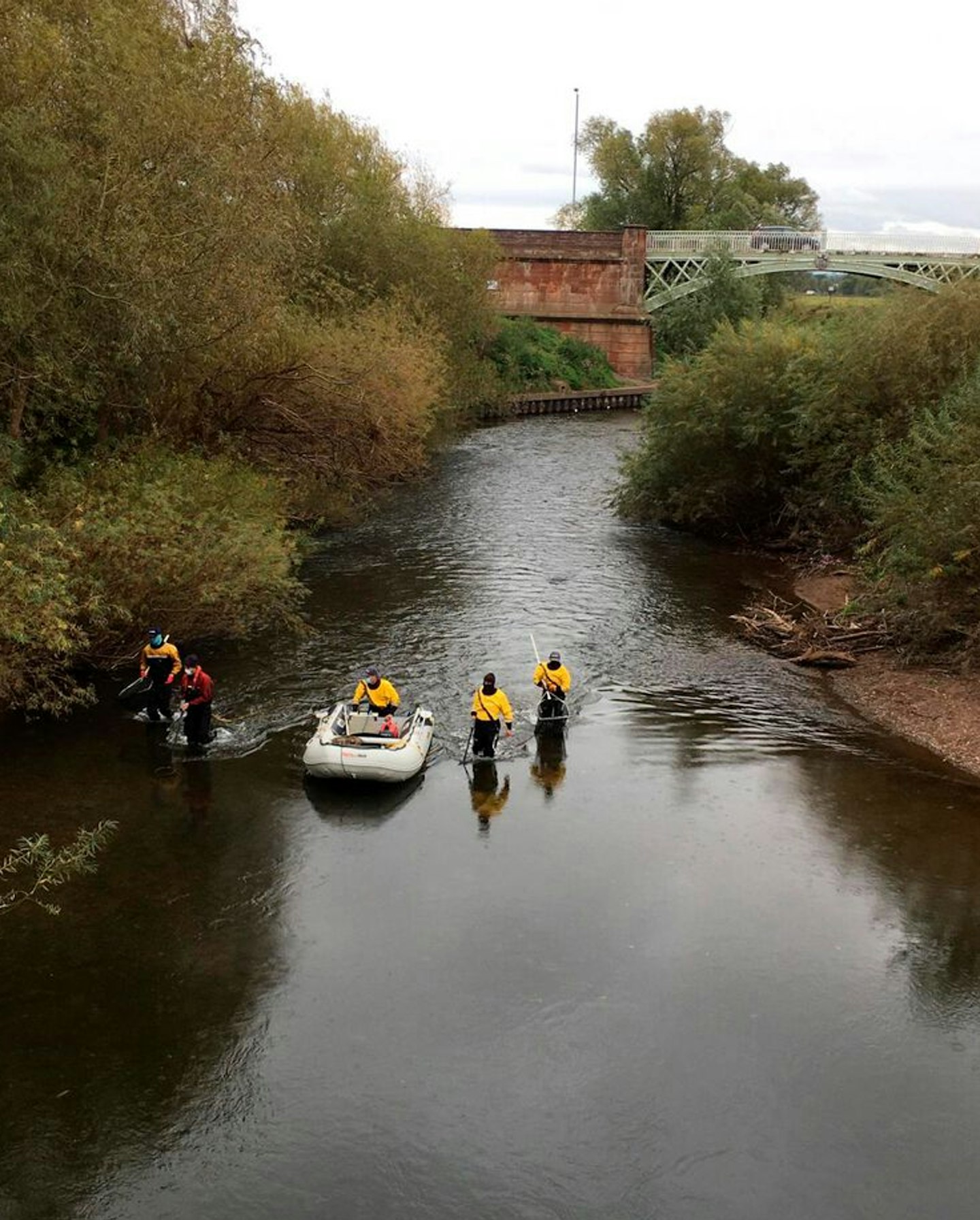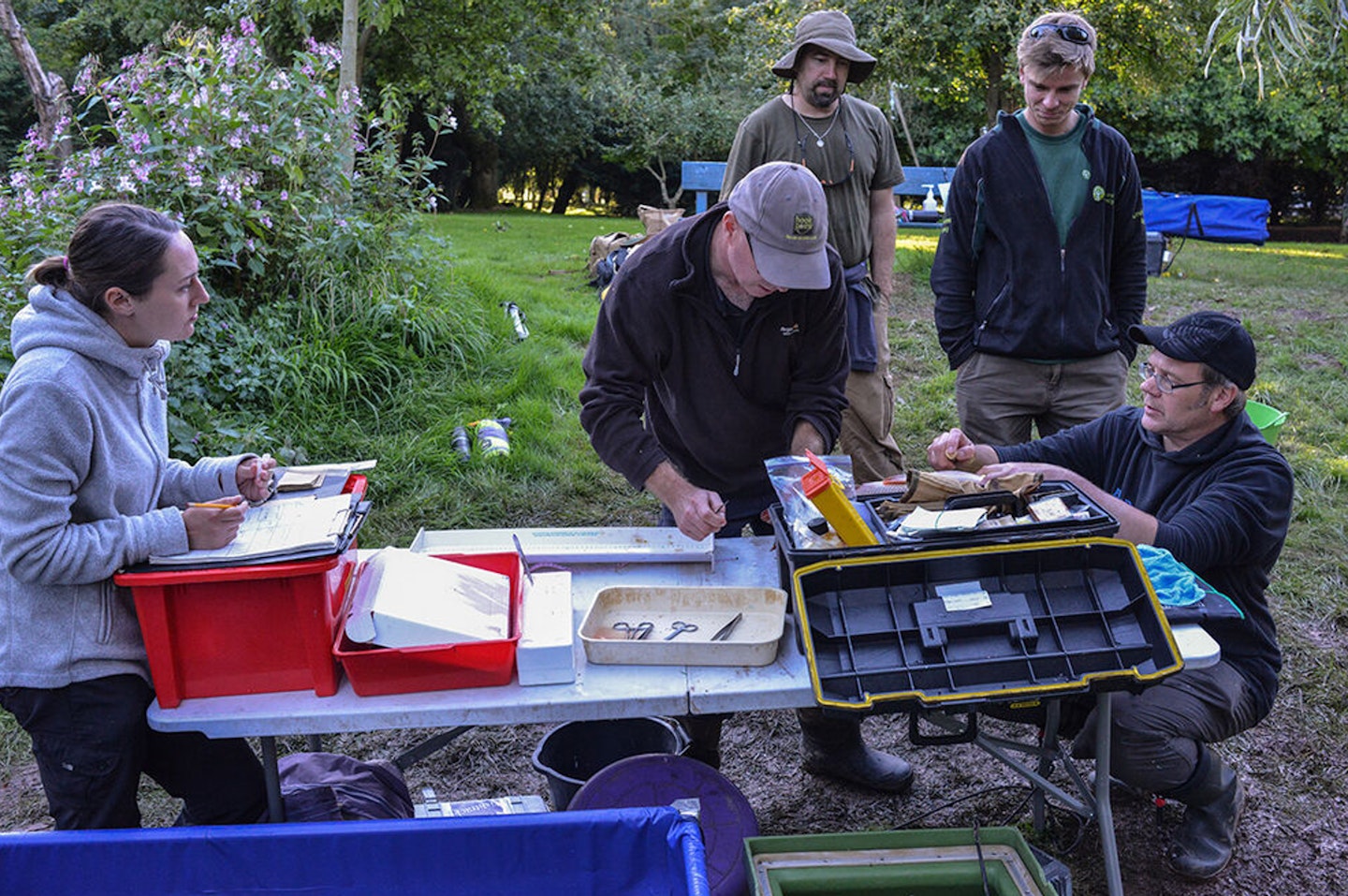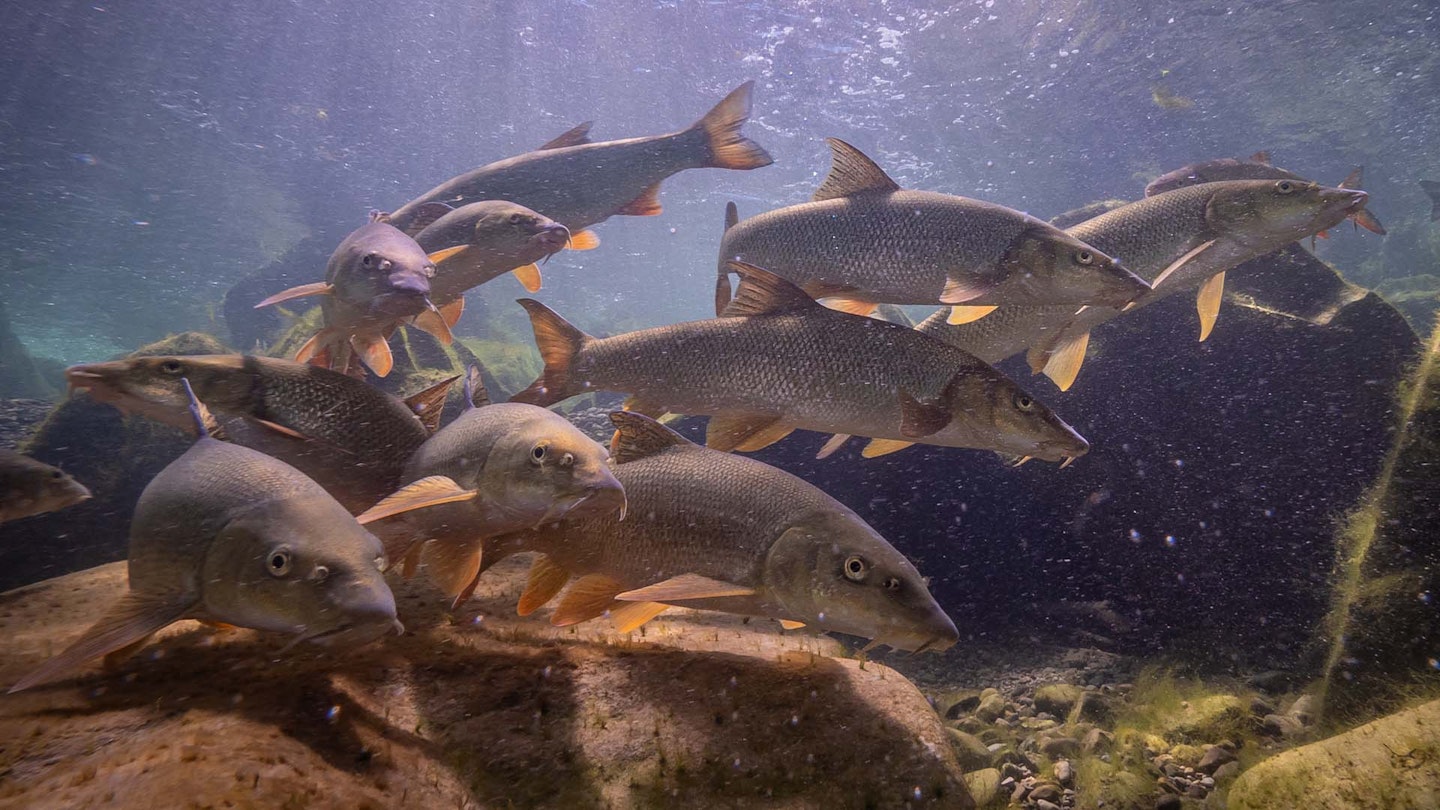DID you ever consider certain fish to be permanent dwellers in a particular swim? Or perhaps you thought only game fish made long migrations? Well, in both cases current evidence might make you think again.
Supported by the Severn Rivers Trust, EA and Barbel Society, environmental scientist Dr Catie Gutmann Roberts tracked dozens of fish for her ground-breaking PhD study with Bournemouth University. Tagging barbel on the Rivers Teme and Severn, her work has highlighted not only their surprising habits, but the key importance of migration routes.
“What really surprised me was the huge variety of behaviour between individual fish,” she told AT. “It was great to work with anglers on this. They’re the most passionate people you could meet and it was interesting to compare their own theories and findings.”
Across two studies of around 20 fish that were tracked for two years at a time, some barbel travelled big distances, but others were more localised “residents”. While many of these had a total range of over 6km, others more than doubled that. Many fish were active day and night, and a pattern even formed as to which ones were more likely to be caught, with the less mobile specimens more regularly tricked by anglers than the true wanderers.
Food for thought?
Besides migration, further research also looked at barbel diet via scale analysis. Interestingly, the sampled fish caught by anglers showed a higher proportion of pellet and high-protein feeds. In contrast, the longer distance travellers tended to be caught by electrofishing as opposed to rod and line, and were far keener on natural food. In fact, the latter group of nomads had almost double the level of invertebrates such as caddis and shrimp in their diets.
Could anglers’ heavy baiting be encouraging fish to stick around in popular fishing areas? “The evidence of that isn’t really there,” said Dr Gutmann Roberts.
“It’s likely that so-called ‘resident’ fish are more susceptible to anglers because of their natural habits, as opposed to being trained to eat bait. That said, high protein pellets might mean they need to feed less often.”

Freedom of movement?
The study found that fish travelled between the Teme and Severn quite often, but other key findings revolved around weirs and other barriers, which Dr Gutmann Roberts stresses can be problematic. Anglers loved fishing the weir at Powick on the Teme, so a partial removal was the compromise. However, while it was assumed winter floods would make passage easy, Catie reports that this “wasn’t the case, as the fish only ever travelled up in March or April – presumably to get to spawning grounds.”
Indeed, for various reasons, the evidence shows that manmade barriers are bad news for barbel. “Fish can spend a huge amount of energy trying to ascend them,” said Catie. That limited range can also hamper spawning success by denying access to cleaner gravels upstream. “Barbel want to spread out their offspring,” she said. “The wider they are dispersed, the less they have to compete for food and the less vulnerable they are to predation and pollution.”

Lateral thinking!
In a timely link to the barbel studies, angler and ecologist Dr Mark Everard has been making some key observations in the Environmental Scientist journal. “When we think of migration, we tend to think of salmonoids rather than coarse species,” said Mark, “but there’s virtually no such thing as non-migratory fish!”
With research in this field often sparse, he warmly welcomes studies like Dr Gutmann Roberts’. “It can help to think of fish a little like birds,” he said. “They have distinctly different feeding, roosting and breeding areas that they move between. Sometimes you think ‘they’re just not hungry today’ – but in truth they could be a mile away!”
“Coarse fish migrate for various reasons, whether it’s food or protection,” he continued. “Anglers know, for example, that roach and dace will seek winter refuge from predators in town and city centres. In the Baltic, coarse species can have ranges of 100km or more!”
However, Mark also sees human impacts as a serious issue. “As well as streams and tributaries, so-called lateral migration routes such as floodplains and backwaters are also important, partly because fish of different life stages have different needs. This can be tricky in a heavily altered landscape, where once diverse wetland habitats disappear.”
KEY STATS AT A GLANCE
51.5km Migration range of the most active barbel tagged. Pike also had a surprising range of up to 25km!
103km Total distance one barbel clocked up over a single year.
20% to 26% Proportion of diet made up of minnows, stone loach and other small fish, suggesting barbel may be more predatory than widely assumed.
60% Average proportion of a barbel’s diet made up of pellets in rod-caught fish. Those electrofished had a more natural and possibly healthier diet, given the high fat and oil content of some pellets.
One barbel, out of 42, that passed Diglis Weir. With a more athletic shape, four pike surprised researchers by leaping upstream. Much as anglers love a weir, manmade barriers can pose problems for coarse fish. Diglis Weir now has a fish pass and researchers are looking to see how barbel movement is impacted.
